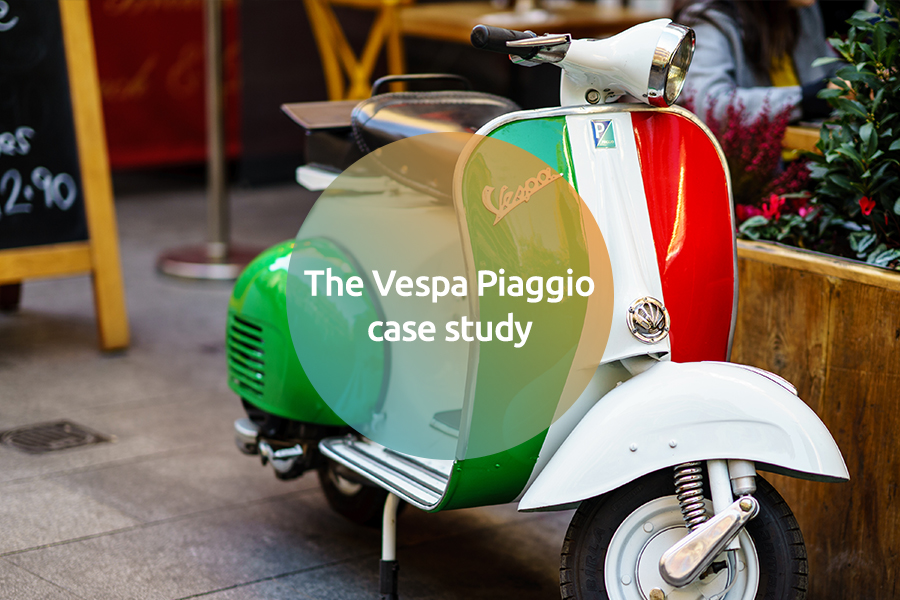Background
The Italian Patent Law provides for patents for inventions, as well as for utility models.
Pursuant to Article 82 of the Industrial Property Code, patents may be granted for new utility models which improve the efficacy or convenience of use for machines, instruments or tools, including models consisting of particular forms, arrangements, configurations or combinations of parts.
The Industrial Property Code does not specify in detail the patentability criteria for utility models, but rather indicates that the provisions governing invention patents should also be used for utility models – to the extent that they are applicable.
Utility model patents are granted without substantive examination. More specifically, the Italian Trademark and Patent Office carries out no prior art searches or substantive patentability assessments of utility model applications; therefore, it provides no guidance on this issue. Instead, we must look to Italian case law, which includes various court decisions on utility patents – some of which have led to different outcomes.
Italian courts generally use two different approaches when considering utility models:
-
the qualitative approach; and
-
the quantitative approach.
Under the qualitative approach, utility models and inventions are qualitatively different; therefore, they should each be covered by their own patent directed to a respective scope of protection. While inventions relate to new and inventive technical solutions to technical problems, utility models concern new and particular forms or configurations of known objects, which can improve the efficacy or convenience of use.
Under the quantitative approach, the difference between utility models and inventions is not qualitative, but rather derives from a difference in the required degree of inventiveness. Specifically, the inventive step required for a utility model is lower than that for inventions.
Facts
The case concerned the validity of an Italian patent for Drink Cup Srl’s Utility Model 272.236, which relates to a refillable plastic tank of the type used in water dispenser machines.
The characterising feature of the main claim provides that the refillable water tank has a particular shape; specifically, a substantially square cross-section with rounded corners. The utility model description indicates that this shape confers utility and convenience of use – namely, the easier and more compact stacking of tanks, with consequent logistical advantages.
Plaintiff SEM SpA filed an invalidity action against Drink Cup’s utility model – particularly against the main claim – on the grounds that it lacked the requirements for an Italian utility model.
To support the invalidity grounds, SEM provided evidence of products that were already known and commercially available in the relevant market before the priority date of the utility model application. The evidence demonstrated that the prior art already included refillable water tank dispensers, which were very similar to the claimed features.
Decision
In its June 2018 decision, the Court of Turin accepted SEM’s arguments and ruled that the utility model patent was invalid.
The court found that an essential requirement for the patentability of a utility model is the existence of a certain minimum creative contribution that goes beyond:
-
an "obvious development of the state of the art of the reference market"; and
-
a "mere implementation of solutions and arrangements that, in the light of the configuration of known and commonly used products of the same type, can be considered predictable, trivial and easily conceivable".
In support of its decision, the court cited various Italian decisions, which found that both novelty and a degree of originality should be included among the requirements for the patentability of utility models.
Considering the available prior art documentation in this case, the court noted that the use of a quadrangular shape – included in the main claim as the characterising feature and in the patent description as the trait that would confer new utility and convenience of use – does not provide the minimum amount of creative contribution required for the patentability of utility models in Italy.
According to the court, the “substantially square cross-section with rounded corners" of the claimed water tanks is not indicative of a new and original shape solution. Rather, it is an obvious development with respect to several different forms of similar products already present on the market and is simply a trivial difference when compared to other known shapes. As such, the claim was devoid of any relevant creative contribution.
Comment
The Court of Turin’s decision highlights various criteria to be used in assessing the patentability of utility models in Italy.
Although it did not explicitly endorse either of the commonly used qualitative or quantitative approaches, the court provided clarification and guidance to the supporters of both options.
With respect to the qualitative approach, the decision clarifies that, in addition to novelty, a certain degree of inventiveness – intended as a non-trivial original quid pluris – is also necessary for the patentability of a utility model, even if it is considered qualitatively different from an invention patent.
With respect to the quantitative approach, the decision offers an evaluation that is not based on the strict criteria used for inventions (eg, the problem-solution approach), thus providing a possible interpretation of the quantitative approach position that a “lower inventive step” is sufficient for utility models.
In any event, the decision confirms that – irrespective of the specific criteria used – the validity of a patent for a utility model cannot be recognized in the absence of a non-obvious creative contribution.





